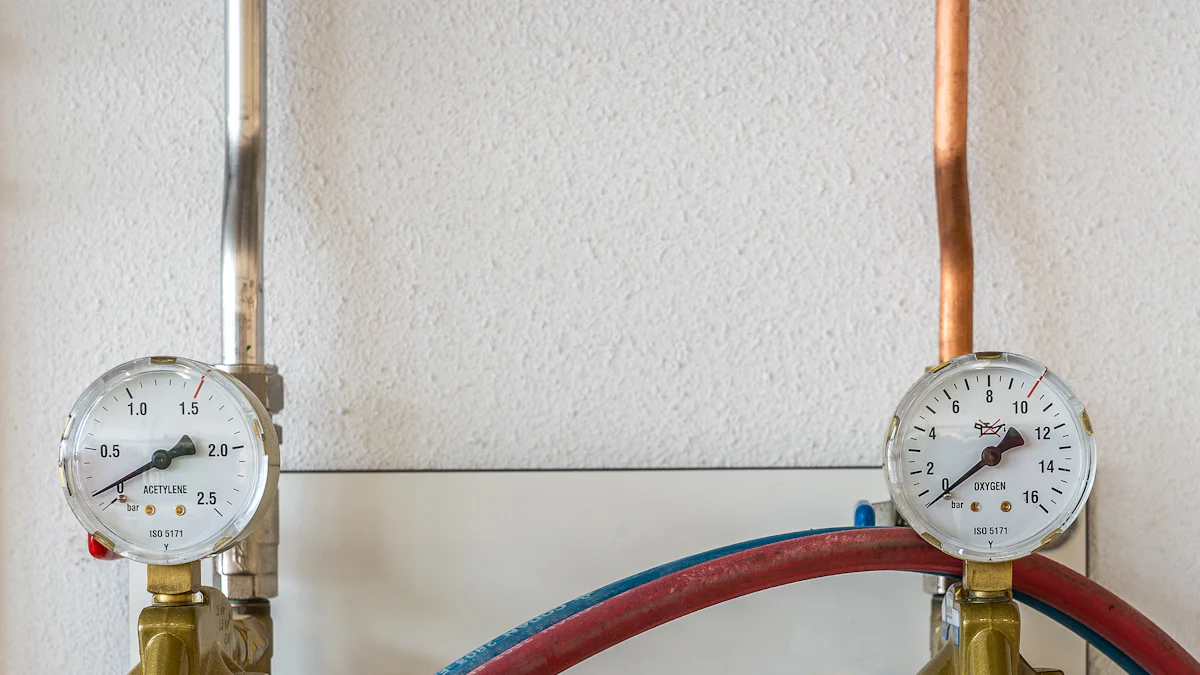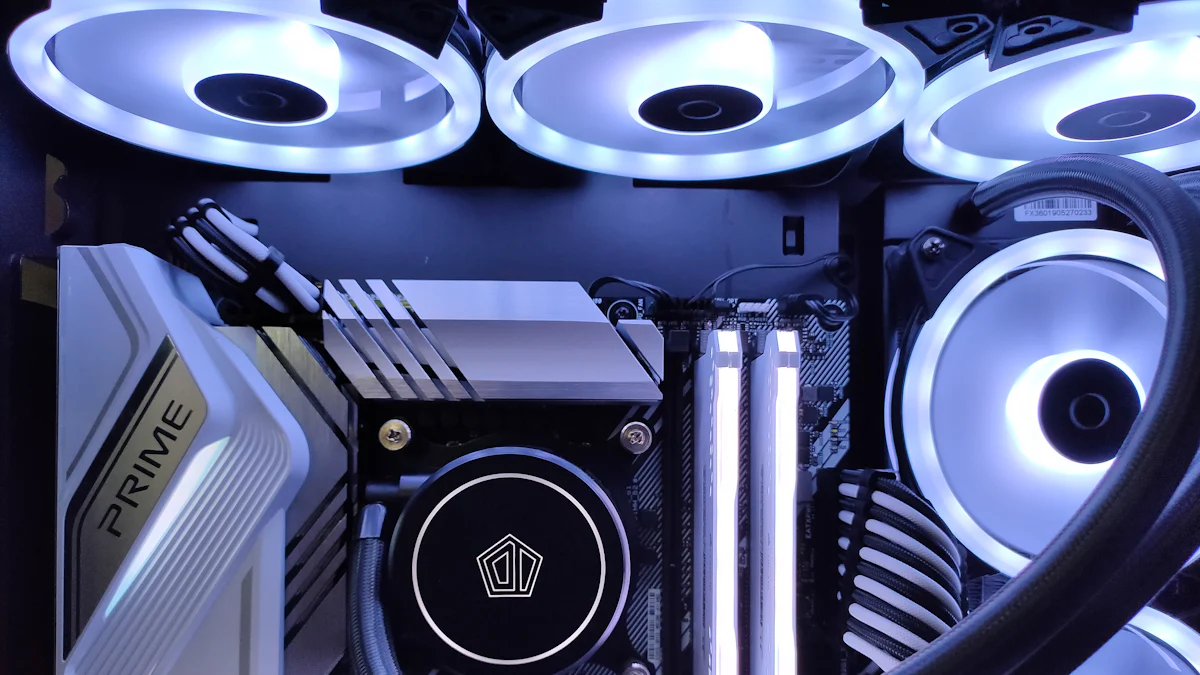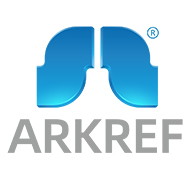Top 3 Reasons CO2 Refrigeration Beats Traditional

Refrigeration systems play a crucial role in preserving food and maintaining optimal temperatures in various industries. Among the different types, the CO2 Refrigeration Unit stands out due to its environmental benefits and efficiency. Unlike traditional systems, CO2 refrigeration uses carbon dioxide, a natural and non-toxic refrigerant, which significantly reduces ozone depletion. The global market for CO2 refrigeration systems is expanding rapidly, driven by stringent environmental regulations and the need for sustainable solutions. Choosing the right refrigeration system is essential for businesses aiming to meet sustainability goals and comply with environmental standards.
Environmental Benefits

Reduced Global Warming Potential
CO2 Refrigeration Units offer a significant advantage in terms of global warming potential. Traditional refrigerants, such as hydrofluorocarbons (HFCs) and hydrochlorofluorocarbons (HCFCs), possess high Global Warming Potential (GWP). In contrast, CO2 has a GWP of 1, making it a much greener alternative. This low GWP means that CO2 refrigeration systems contribute far less to global warming compared to their traditional counterparts.
"CO2 is a naturally occurring gas with a near-zero GWP, presenting a sustainable solution for the future."
The impact on climate change is profound. By reducing greenhouse gas emissions, CO2 Refrigeration Units help mitigate the effects of climate change. The adoption of CO2 systems aligns with global efforts to reduce carbon footprints and promote environmental sustainability. As industries shift towards eco-friendly practices, CO2 refrigeration emerges as a pivotal technology in achieving these goals.
Natural Refrigerant
CO2 stands out as a natural refrigerant. Unlike synthetic refrigerants, CO2 is non-toxic and non-explosive, ensuring safety and environmental compatibility. Its natural occurrence makes it an attractive option for refrigeration systems. The CO2 Refrigeration Unit leverages this natural refrigerant to provide efficient cooling solutions without compromising safety or environmental health.
The benefits of using natural refrigerants like CO2 are manifold. They offer a sustainable alternative to synthetic options, reducing reliance on chemicals that harm the ozone layer. CO2 refrigeration systems not only lower environmental impact but also enhance energy efficiency. This dual benefit makes them a preferred choice for businesses aiming to balance performance with ecological responsibility.
Efficiency and Performance

Energy Efficiency
Lower energy consumption
CO2 refrigeration systems excel in energy efficiency. They consume less energy compared to traditional systems. This efficiency stems from the unique properties of CO2, which allow for better heat transfer. The Comparison of Different Transcritical CO2 Refrigeration Systems study highlights that systems with mechanical subcooling and two-stage compression are particularly efficient. These systems optimize energy use, reducing overall consumption.
Cost savings over time
Lower energy consumption translates into significant cost savings over time. Businesses benefit from reduced utility bills, making CO2 systems a financially sound investment. The initial setup might require a higher investment, but the long-term savings outweigh the upfront costs. Companies can allocate these savings to other areas, enhancing overall operational efficiency.
Performance in Various Conditions
Effectiveness in different climates
CO2 refrigeration systems perform effectively across diverse climates. Their ability to operate efficiently at higher pressures makes them suitable for both hot and cold environments. This versatility ensures consistent performance, regardless of external temperature fluctuations. Industries in regions with extreme weather conditions find CO2 systems particularly advantageous.
Reliability and consistency
Reliability and consistency are hallmarks of CO2 refrigeration systems. They maintain stable temperatures, ensuring product quality and safety. The robust design of these systems minimizes breakdowns and maintenance needs. Businesses experience fewer disruptions, leading to smoother operations. The consistent performance of CO2 systems builds trust and reliability in various industrial applications.
Safety and Compliance
Non-Toxic and Non-Flammable
CO2 refrigeration systems offer significant safety advantages over traditional refrigerants. Unlike hydrofluorocarbons (HFCs) and hydrochlorofluorocarbons (HCFCs), CO2 is non-toxic and non-flammable. This characteristic reduces the risk of accidents and health hazards in industrial and commercial settings. Businesses can operate with greater peace of mind, knowing that their refrigeration systems pose minimal danger to employees and the environment.
In industrial and commercial use, the implications of using CO2 are profound. Companies benefit from enhanced safety protocols, which lead to fewer incidents and lower insurance costs. The non-toxic nature of CO2 ensures that even in the event of a leak, there is no harm to workers or the surrounding community. This safety profile makes CO2 refrigeration an attractive option for businesses prioritizing employee welfare and environmental responsibility.
Regulatory Compliance
CO2 refrigeration systems excel in meeting environmental regulations. As governments worldwide tighten restrictions on synthetic refrigerants, CO2 emerges as a compliant alternative. Its low Global Warming Potential (GWP) aligns with international efforts to reduce greenhouse gas emissions. Businesses adopting CO2 systems find it easier to adhere to stringent environmental standards, avoiding penalties and enhancing their reputation as eco-friendly enterprises.
Future-proofing against regulatory changes becomes simpler with CO2 refrigeration. As legislation evolves, companies using CO2 systems remain ahead of the curve. They avoid the costly retrofitting required for systems reliant on phased-out refrigerants. By investing in CO2 technology, businesses ensure long-term compliance and sustainability. This strategic move not only safeguards operations but also positions companies as leaders in environmental stewardship.
"CO2 refrigeration systems offer relief from EPA reporting requirements and contribute to a greener future."
The transition to CO2 refrigeration requires collaboration, training, and industry support. Qualified technicians must handle these systems to ensure safe and efficient operation. By fostering a skilled workforce, industries can maximize the benefits of CO2 refrigeration, achieving both safety and compliance in their operations.
CO2 refrigeration systems offer numerous advantages, making them a compelling choice for modern industries. They provide lower energy consumption, reduced environmental impact, and compliance with safety standards. These benefits position CO2 refrigeration as a sustainable and efficient solution across various sectors.
"CO2 refrigeration technology offers a glimpse into a greener future for the commercial refrigeration industry."
Businesses should consider adopting CO2 systems to align with global sustainability goals. As the world moves towards eco-friendly practices, CO2 refrigeration stands poised to lead the way, promising a healthier planet and a more sustainable future.
See Also
Comparison of ARKREF CO₂ Transcritical Refrigeration and Conventional Systems
Performance Evaluation of ARKREF CO₂ Transcritical Refrigeration versus Standard Systems
Exploring 3 Cutting-Edge Project Cases of CO₂ Transcritical Refrigeration by ARKREF
The Sustainability Factor: Choosing ARKREF CO₂ Refrigeration
Real-World Implementations of the ARKREF CO₂ Transcritical Refrigeration System

